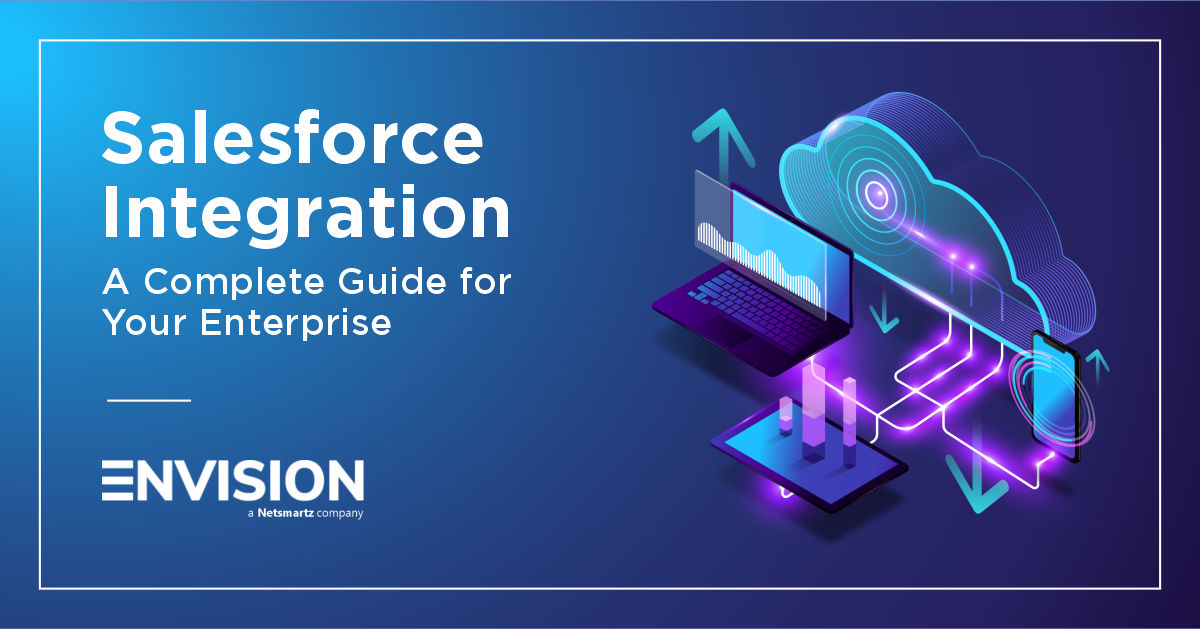A Complete Guide on Headless Commerce
- 1 year
-
 Nimit Sharma
Nimit Sharma

In digital commerce, a revolutionary wave known as headless commerce is reshaping the way businesses conceptualize and implement their online presence. Unlike traditional e-commerce architectures, headless commerce decouples the front-end presentation layer from the back-end functionality, opening doors to unparalleled creativity and adaptability. This emerging trend marks a departure from the confines of monolithic structures, offering brands the promise of full creative control and developers the freedom to craft bespoke e-commerce experiences. However, the journey into headless commerce has its complexities, requiring a nuanced understanding of its intricacies and the careful navigation of potential challenges.
As we dive into the possibilities and considerations surrounding headless commerce architecture, it becomes evident that this paradigm shift extends far beyond the technical aspects. It is a strategic move that invites businesses to reimagine their digital identity, welcome active customer interactions, and promote innovation.
What is headless commerce?
Headless commerce stands in stark contrast to traditional monolithic architecture. This model liberates the front-end presentation layer from its ties to the back-end, enabling dynamic content delivery across various platforms – from websites and apps to kiosks and IoT devices. The allure of headless architecture lies in its potential to unlock creative freedom for brands, granting developers the flexibility to craft bespoke b2b ecommerce experiences using their preferred technologies.

3 headless commerce benefits
1. Full Creative Control
Headless commerce empowers brands to shape their online identity precisely as envisioned, unencumbered by predefined constraints. While many businesses opt for a monolithic system for rapid online store setup, the evolution of digital identities necessitates customization. As exemplified by Shopify’s Online Store 2.0, advanced theme and template solutions provide developers with tools that transcend template limitations, fostering dynamic and personalized experiences.
2. Improved Site Performance
Velocity is paramount in the digital realm, and headless architecture facilitates quicker page loads across diverse devices. The research underscores the impact of load speeds on user behavior, with 64% of smartphone users expecting pages to load within four seconds. The critical two-to-three-second threshold marks a turning point where bounce rates soar. Headless commerce enhances user experience and proves financially advantageous – a mere one-second improvement can translate into substantial daily revenue gains.
3. Integration with Preferred Tools and Services
Headless commerce seamlessly integrates with existing systems coded in diverse languages, facilitating crucial integrations without compromising the customer experience. Robust APIs empower businesses to integrate various systems, including ERP, PIM, and IMS, enabling the creation of a shopping experience using the programming language of choice.
Is headless commerce a fit for your business?

The decision to embrace headless commerce hinges on the distinct needs and aspirations of each business. While traditional architecture may suffice for a thriving enterprise, those seeking a personalized and unique customer experience coupled with flexible development may find headless commerce alluring. Considerations include-
Established Infrastructure – A flourishing business with a traditional architecture might question the justification for transitioning to headless.
Competitive Speed – If a business lags behind competitors due to the inability to make simultaneous front- and back-end adjustments, headless commerce emerges as a viable solution.
Site Speed Optimization – Prioritizing a swift shopping experience for all customers and desiring more control over performance-affecting elements make headless commerce advantageous.
Creative Vision – For those aspiring to reimagine a unique storefront ecommerce experience beyond current platform capabilities, headless commerce provides a canvas for creative vision.
Diversification of Touchpoints – Businesses aiming to expand across various touchpoints, such as smart mirrors, wearable tech, vending machines, etc., find headless architecture conducive to omnichannel strategies.
Consider your costs
While the benefits of headless commerce are compelling, a thorough assessment of associated costs and time commitments is essential. Enterprise headless projects can range from hundreds of thousands to millions upfront, contingent on functionality, supporting tools, and customization levels.
External costs, encompassing fees paid to external agencies and monthly subscriptions for headless CMS platforms or cloud hosting, must be factored in. The complexity of the build, implementation, and ongoing maintenance all contribute to the overall cost of adopting a headless approach.
Wrapping Up
Beyond the lines of code and intricate technicalities, headless commerce symbolizes a gateway to a new era where creative expression and technological advancement converge seamlessly. As businesses stand at the crossroads of conventional architectures and the headless frontier, the decision to embark on this transformative journey is not merely a choice in technological infrastructure but a strategic investment in the evolution of digital commerce.
Envisioning this future entails recognizing that headless commerce is more than a trend; it is an embodiment of limitless possibilities. The benefits of full creative control, the promise of improved site performance, and the flexibility to integrate with preferred tools are not just technological advantages; they are the building blocks of a customer-centric, dynamic, and adaptive online commerce business ecosystem.
However, as with any paradigm shift, the implementation of headless commerce demands meticulous planning, careful consideration of costs, and a deep understanding of a business’s unique needs. It is an investment in agility, innovation, and the ability to stay ahead in a market that is continually evolving. So having a trusted headless ecommerce service provider is beneficial.
As businesses contemplate the leap into headless commerce, it is crucial to recognize that this journey is not about abandoning established structures; it is about transcending them. It is about fostering an environment where brands can break free from limitations, developers can unleash their creativity, and customers can embark on personalized, engaging, and seamless digital journeys.
Headless commerce is an invitation to envision a future where the boundaries between technology and creativity blur, creating a canvas upon which businesses can paint their unique digital landscapes. The decision to go headless is more than a technical upgrade; it is a strategic move towards a future where the possibilities are as limitless as the digital horizons businesses aspire to explore.



